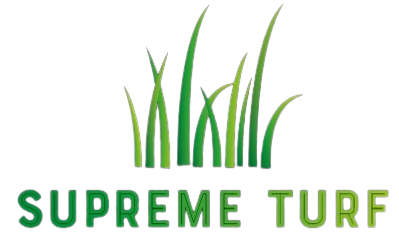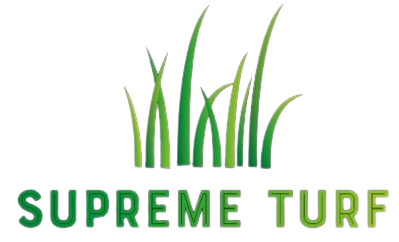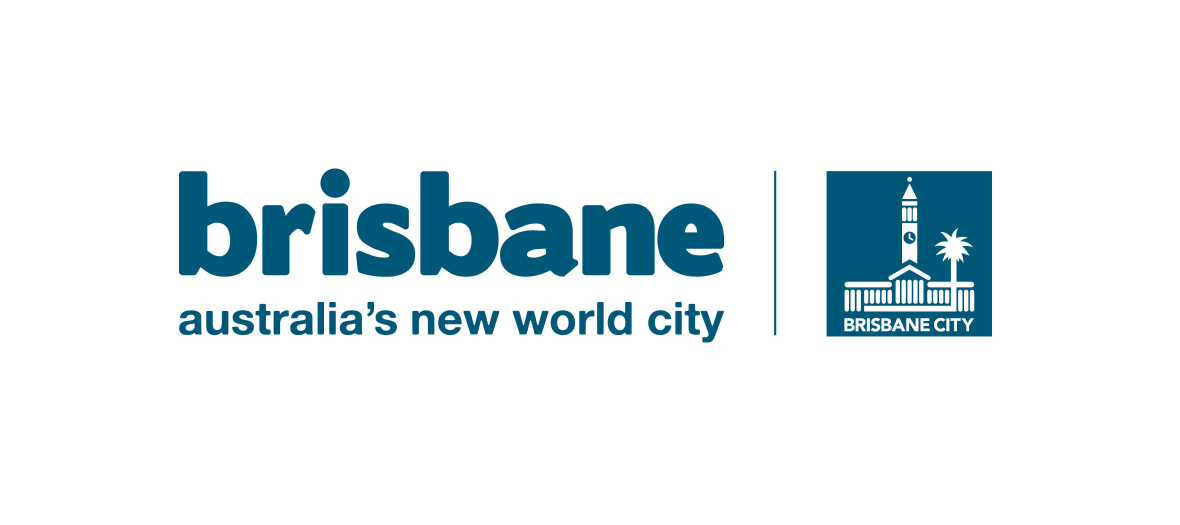School & Education
Artificial Grass for School

Benefits
Here are some key benefits of using artificial grass for school and education:
Safe Play Area: Artificial grass provides a soft and cushioned surface, which is ideal for children to play on. It minimises the risk of injuries that can occur due to falls on hard surfaces.
Maintenance: Unlike natural grass, it requires very little maintenance as it doesn’t have to be watered, mowed, or fertilised. This means schools can save money and resources that would otherwise be spent on maintaining natural grass.
Durable: Artificial grass is made from high – quality materials that can withstand heavy foot traffic, rough play, and harsh weather conditions. It retains its lush green look throughout the year, regardless of the weather.
Versatility: Artificial grass has a variety of applications, wheth er in schools and educational institutions, whether installed in playgrounds, sports fields, and even indoor areas such as gymnasiums.
Eco – Friendly: Artificial grass is a sustainable option that conserves water resources. It doesn’t require irrigation, so schools can reduce water consumption and contribute to a greener environment.
Cost – Effective: Although the initial expense of installing synthetic grass may be greater than that of natural grass, it proves to be a cost – efficient resolution in the long te rm. Schools can save money on maintenance, water bills, and replacement costs, which can add up over time.
Applications
Artificial grass offers a wide range of applications in school and education settings, enhancing both safety and aesthetics. Some specific applications include:
Playground Surfaces: Installing artificial grass on playgrounds provides a soft and cushioned surface, reducing the risk of injuries from falls. Children can play safely, and the durable turf withstands constant use.
Sports Fields: Synthetic turf is ideal for sports fields at schools and universities. It offers a uniform and level playing surface, well-suited for various activities such as football, soccer, and lacrosse. The consistent surface promotes fair gameplay and reduces maintenance efforts.
Indoor Facilities: Artificial grass can be utilized indoors in gymnasiums and other indoor spaces. It serves well for exercises, agility training, and even indoor sports, offering a comfortable and low-maintenance solution.
Landscaping: Schools and educational institutions can use artificial grass to enhance their outdoor areas’ landscaping. It can be applied in courtyards, walkways, and other spaces, creating an attractive and welcoming environment without the need for constant upkeep.
Science Projects: Artificial grass can be a valuable resource for science projects in schools. Students can study various types of grass and observe their growth patterns, providing a fun and engaging way to learn about plant biology and environmental science.
By incorporating artificial grass in these settings, educational institutions can create safer, more appealing, and more versatile spaces for students to learn, play, and explore the natural world.





